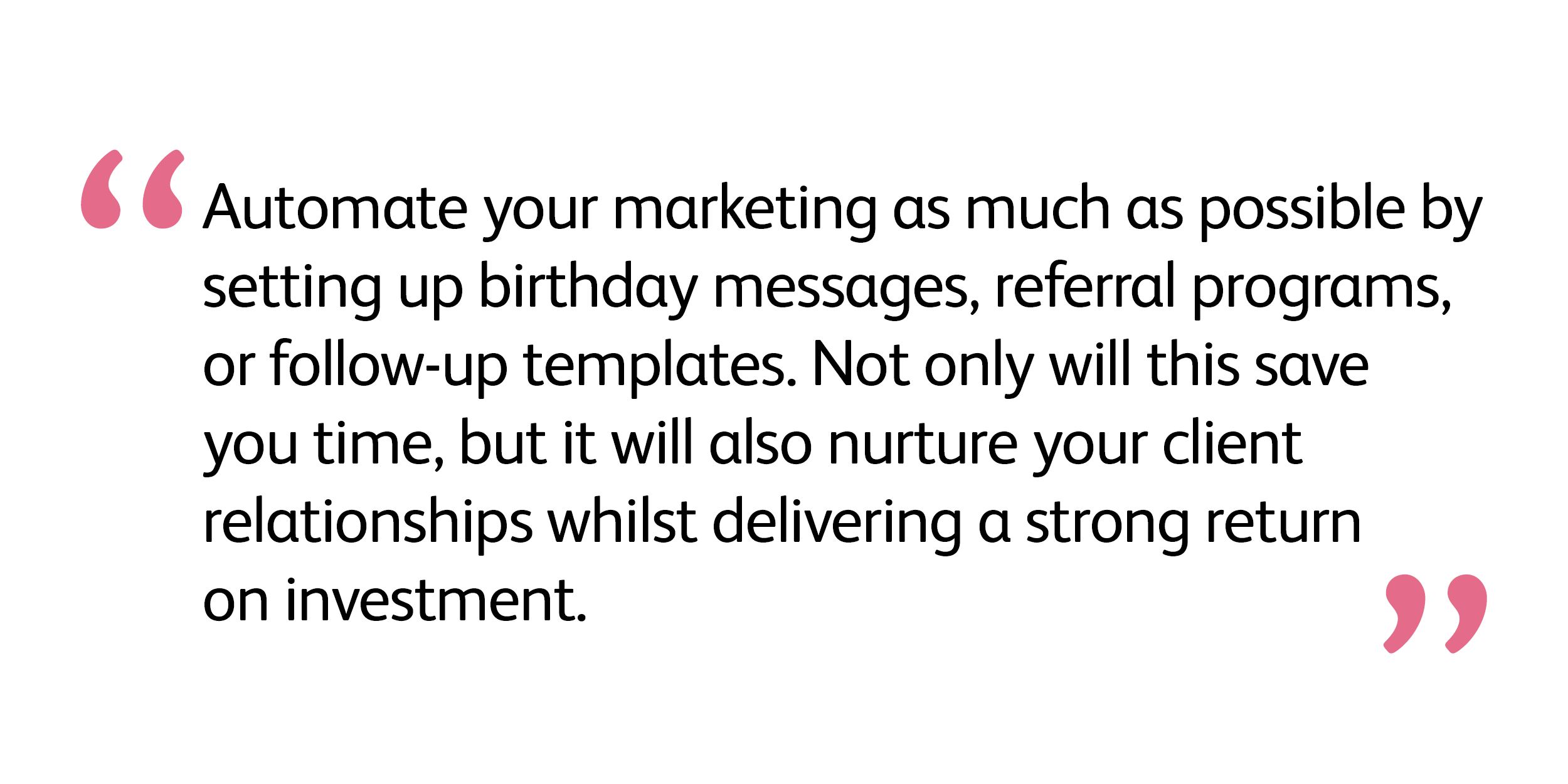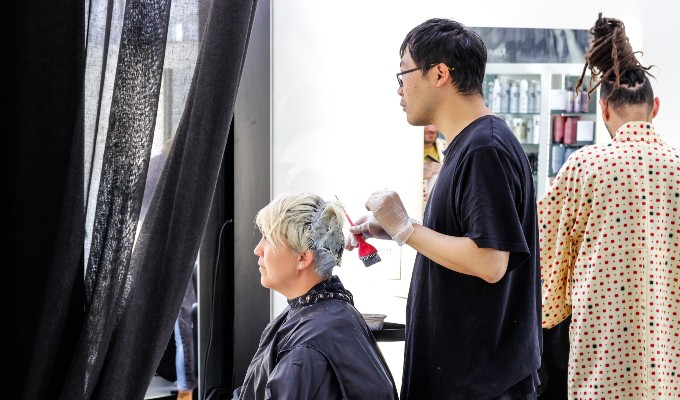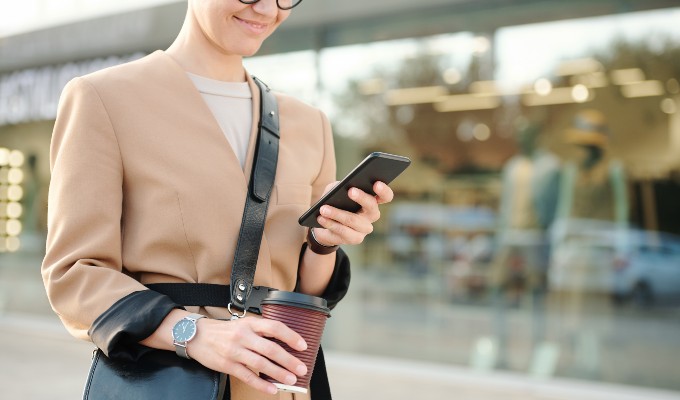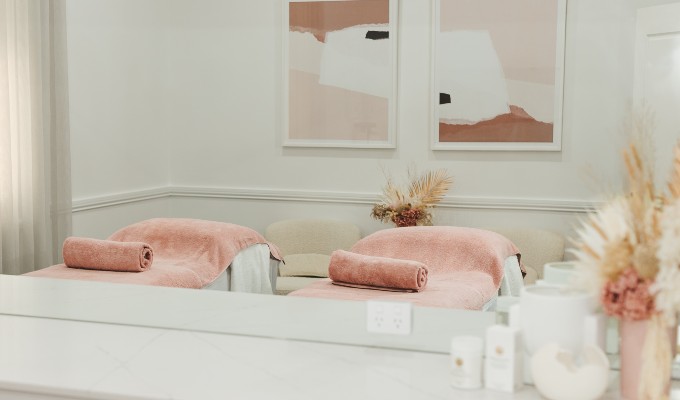If you want to grow your hair salon, spa or beauty clinic, reduce no-shows, encourage online bookings, and provide a better client experience, you should consider using marketing automation.
What is marketing automation?
Marketing automation is a powerful tool for hair and beauty businesses. It’s all about using smart software that allows you to create and automatically send personalised messages to your current and potential clients.
With marketing automation, you can streamline your regular client emails and SMS text messages such as inviting a client to review your salon after their appointment. You can also set up an automatic email to be sent on special occasions, for example, to wish a client a Happy Birthday. Setting up automatic client messages will free up a lot of your time and will allow you to focus on other important areas of your business.
Select the right marketing automation software
There are many marketing automation platforms and tools available on the market. If you use salon management software, chances are it might come with some automatic marketing features. This is a great option as it doesn’t cost you extra.
If you’re new to using software at your salon or clinic, consider your needs and your budget. Sign up for a free demo or trial to ensure that the software is intuitive, easy to use and meets your needs. Also, look for software that is specifically designed for the hair and beauty industry. This will ensure that you get most value out of your software and its features.
Build your client contact list
The first step to automated marketing is having access to your client contact information in the software you’re using for your marketing.
Add information about new clients
For new clients, a simple way to do this is to make it part of a new client consultation. Have a form ready or use your software’s functionality so that your client can provide their contact information, as well as their preferences, allergies, favourite drink or anything else you and your team need to know. If you use digital forms, send a link to the form by email or SMS before the client’s first visit and gather their information in advance.
Update details of your existing clients
To keep your database up-to-date, ask clients to confirm their contact information when they visit. Make it a part of every consultation to check their client card and see if any contact information is missing. Alternatively, adding a custom field to your client cards of “contact information last updated” will help you keep track of how up-to-date your list is and could act as a prompt to ask clients to check that their contact information is correct once a year.
If you’re struggling to convince clients to update their information, run a giveaway asking clients to complete an entry card with their details and use this to update their client card. You can then pop the entry card into a bowl and draw your prize at the end of each month. Make sure you indicate that you’ll use their contact information to send them marketing messages. Enter contact information as you receive it as it is also a less onerous job rather than trying to do a month’s worth of cards at once!
Manage your client contact list
Over time, your client database can get messy, full of lapsed clients and out-of-date information. While this can be scary, when you’re sending automatic campaigns it’s not something you need to worry about so much. Automatic marketing messages will be only sent to someone when they take an action that meets the criteria for triggering the message. This could be booking an appointment or purchasing a retail product. So you’re not going to be wasting your message on out-of-date contacts.
However, a list of lapsed clients can be a useful resource in itself. Use it to send a one-off campaign inviting them back. It’s best if you have something new to say, for example, if you’ve changed product suppliers, explain why and what the benefit to the client is, and ask them to come in and see for themselves. If you get a new staff member, send an email introducing them and inviting clients to book with them.
To help prevent having lapsed clients in the first place, set up an ongoing automated message that is triggered whenever a client hasn’t booked a future appointment 6-8 weeks after their last visit for hair services (10-12 weeks for services such as balayage) or 4-6 weeks for beauty appointments. Automated messages can be an effective re-engagement tool, as well as they can help you reduce your revisit period and increase your revenue.
What are other triggers can I set up?
A trigger is a setting within your software that kicks off the automatic sending of an email or SMS to your clients, for instance, when they sign up for their first appointment. There may be a few default types already set up and you may also be able to create your own such as a client’s birthday, a follow-up after an appointment, before or after a particular transaction.
Segment your client list for your marketing campaigns
Segmentation is the division of your clients into smaller segments based on your criteria. Segmentation is used to personalise your clients’ experience and deliver more relevant and valuable content to them. For example, one of your segments can be clients that had a colour service in the last six months but haven’t come back yet.
Set up your email and SMS templates
The next step is to set up your marketing email and text message templates. Check if your current software has default templates that can save you time and effort.
In the email template, you should be able to customise it with your branding, colours, and images. If you are using one of the popular marketing email tools such as Mailchimp, it’ll come with a drag and drop email builder that is user-friendly and doesn’t require any technical skills. Include custom fields such as a client’s name, time of the appointment or staff member’s name to automatically personalise your message.
Here’s an example of an email template to send one day before a client’s first appointment:
Hi <client’s name>,
We’re looking forward to seeing you for your appointment with <staff member’s name> tomorrow.
Please arrive 5 minutes before your appointment so you can fill in a new client form.
Our address is <business address>. Because we’re a sustainable salon, we encourage you to walk, bike or take public transport to your appointments. There is a bus stop across the street and we have a bike rack right outside. If you do need to drive, there’s plenty of parking around the corner.
See you tomorrow!
From,
<business name>
When you set up your SMS marketing template, remember to keep it short and to the point, as text messages have a 160 character limit. By using custom fields, you can insert the first name of your client to make it more personable.
Here’s an example of an SMS message template to invite clients to review your salon:
Hi <client’s name>! Thanks for coming into <business name> yesterday! We’d love if you could share your experience by reviewing us on Facebook: <short link to Facebook reviews>
It’s good to alternate between email marketing and SMS marketing as both types have their benefits and limitations and will help you to achieve different business goals.
Photo credit: Ochre and Sage
Measure your results
It’s important to take time to review how your automatic campaigns perform – don’t just “set and forget”. Once again, consider the goal you set for your campaign and think about what success looks like. Depending on what software you use, you may be able to measure the open and click rates of your emails.
Here are customer campaign stats for the beauty and personal care industry according to Mailchimp that you can use as a benchmark.
- Average open rate: 16.65%
This number shows what percentage of your audience opens the emails you send them.
- Average click-through rate: 1.92%
The click rate is a percentage that tells you how many successfully delivered emails got at least 1 click.
- Unsubscribe rate: 0.30%
The number of people who opt-out from receiving future communications from you.
Once you analyse the results of your campaign, below are some ideas on how you can improve your numbers.
Increase your open rate
- Adjust your subject line: is it catchy, fun, or relevant?
- Review and segment your audience.
- Look at your campaign calendar: keep track of your campaigns to make sure that you don’t send too many emails or texts.
Increase your click-through rate
- Check that you’re sending the right message to the right people.
- Have a clear call-to-action (CTA): if you want to encourage your clients to book online, make sure to include a link to your online booking page.
Reduce your unsubscribe rate
- Better segmenting and targeting of your clients.
- Send useful and relevant content with beautiful design and images.
You can also measure success in other ways too. For example, keep a record of how many clients take up special offers sent in your automatic campaigns, or how many non-returning clients book an appointment after receiving your campaign. If you’re using online booking and Google Analytics, you can track where visitors came from and this can be customised by using what are called UTM tags on your links. Without using custom UTM tags, SMS link clicks will appear as direct traffic and you won’t be able to distinguish one email from another. Searching for “Google Campaign URL Builder” will take you to a tool that will help create these customisable links to enable you to more accurately see source information in Google Analytics. You can then use a link shortener such as bit.ly to shorten this new URL including the tracking.
Should I use marketing automation in my salon?
In a nutshell, if you want your business to stay competitive and meet your client expectations, it’s important to start using marketing automation. Getting started with setting up your automatic marketing can be daunting but it doesn’t need to be. Build your contact list, focus on your goals and choose one or two messages to get started with. You’ll be saving time while engaging with your clients in meaningful, personalised ways.
Read more:






